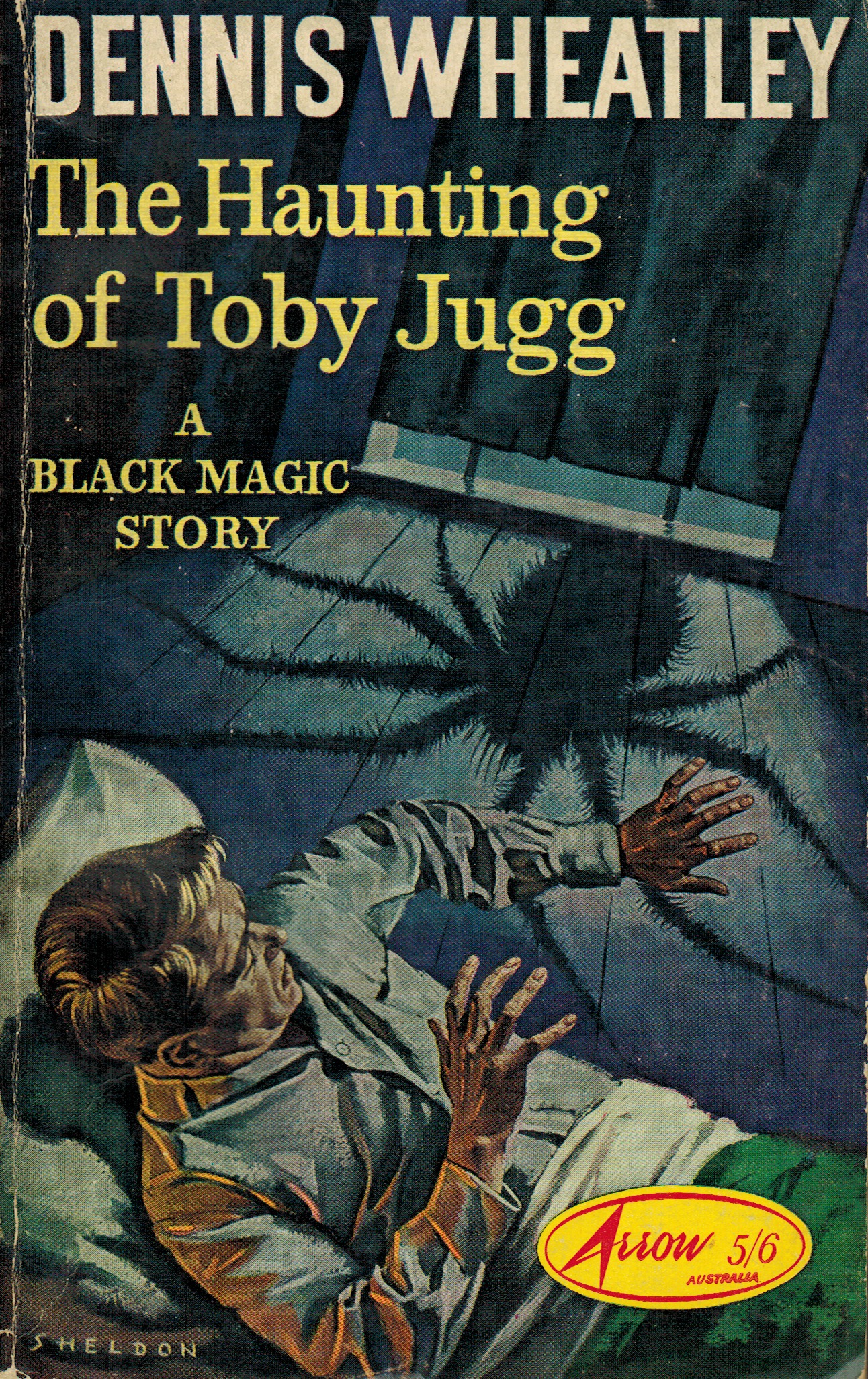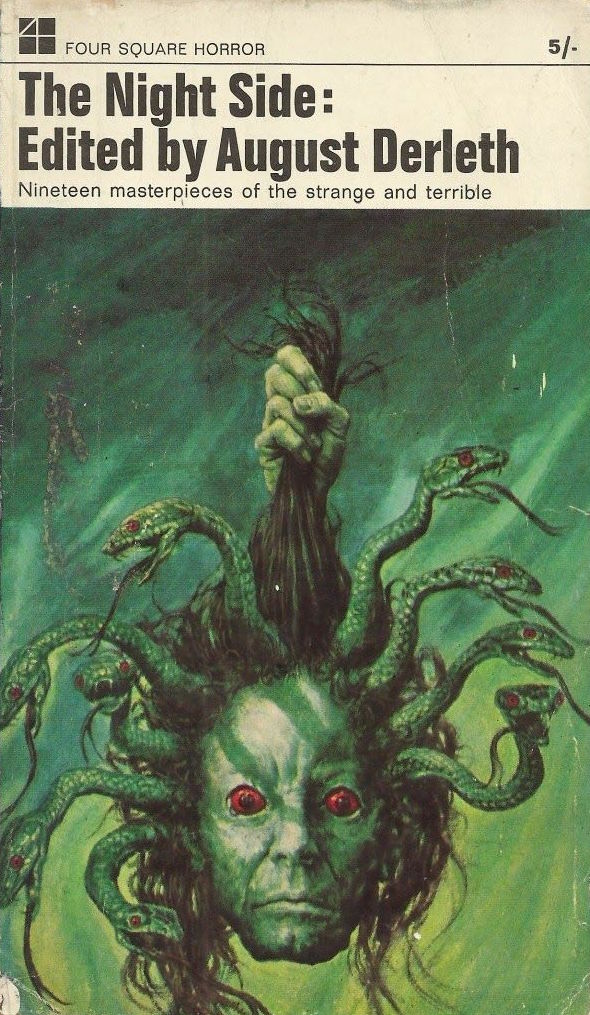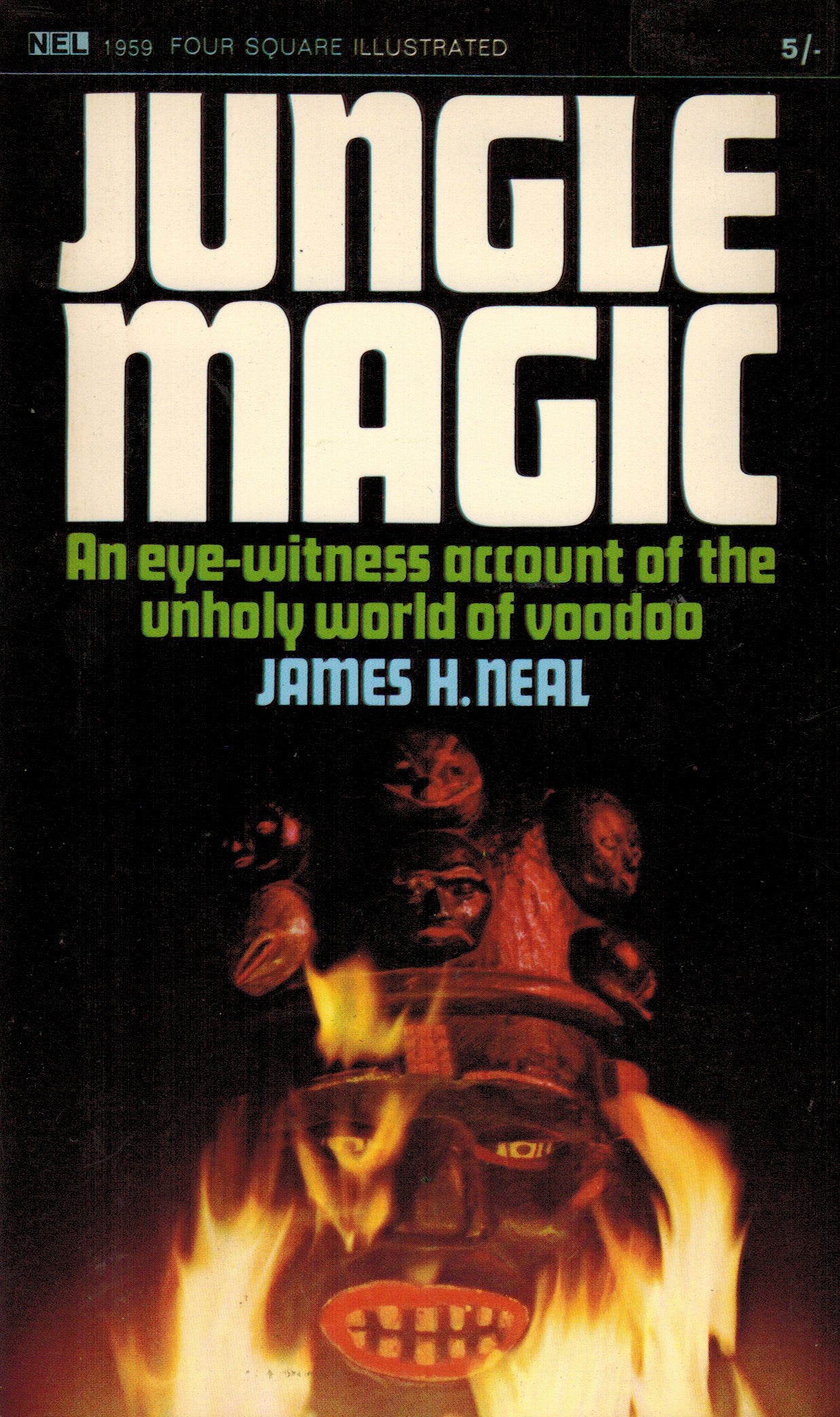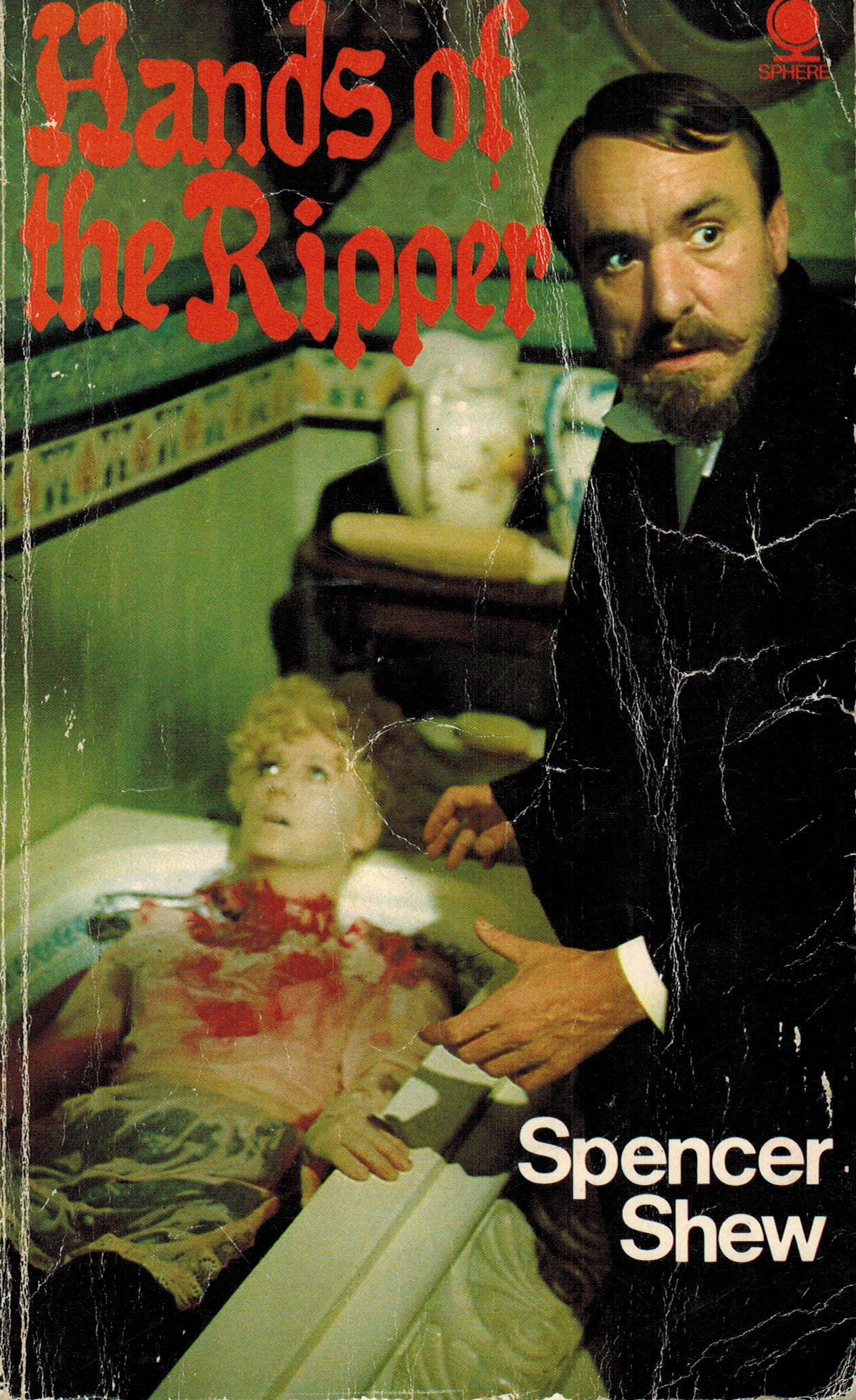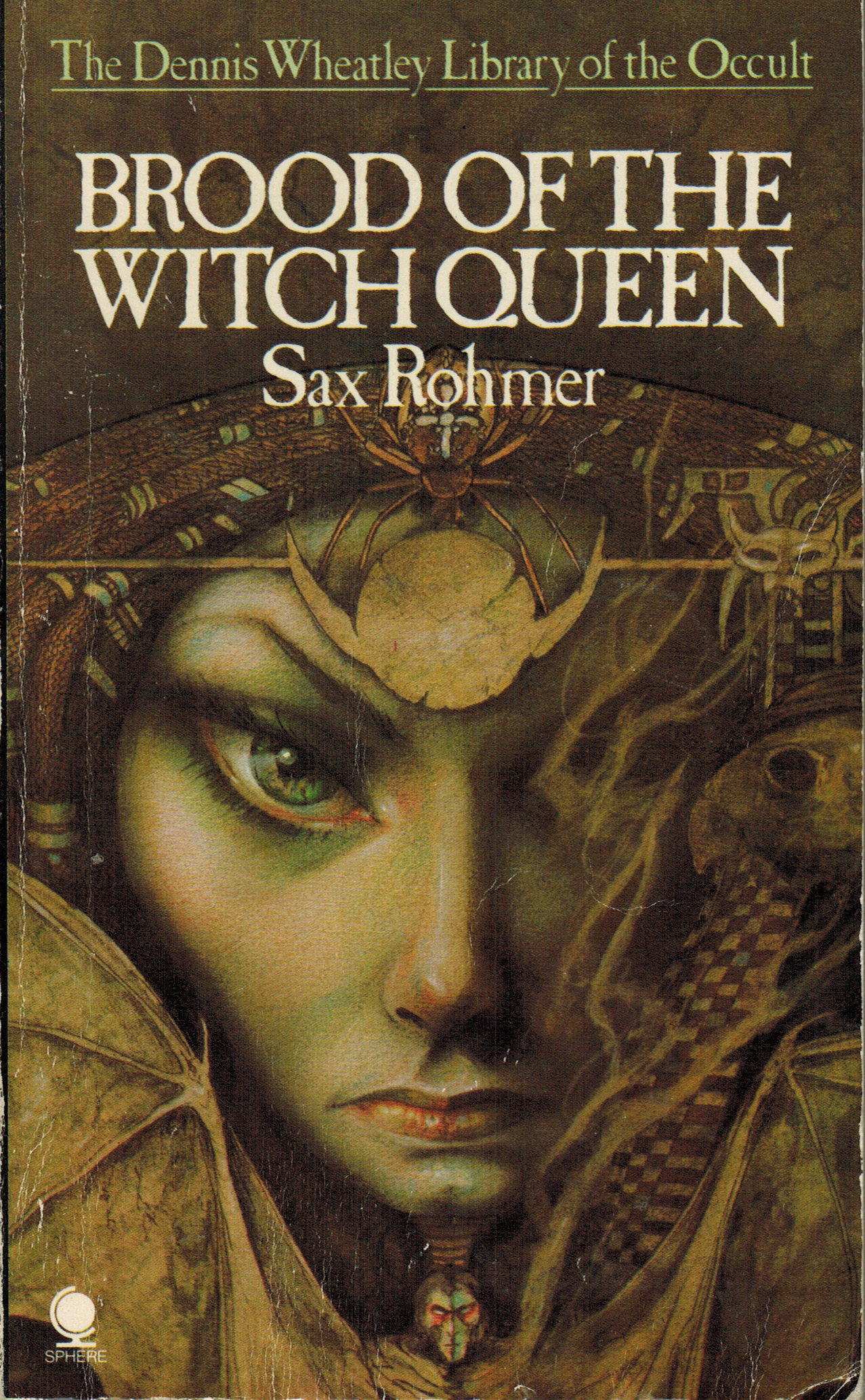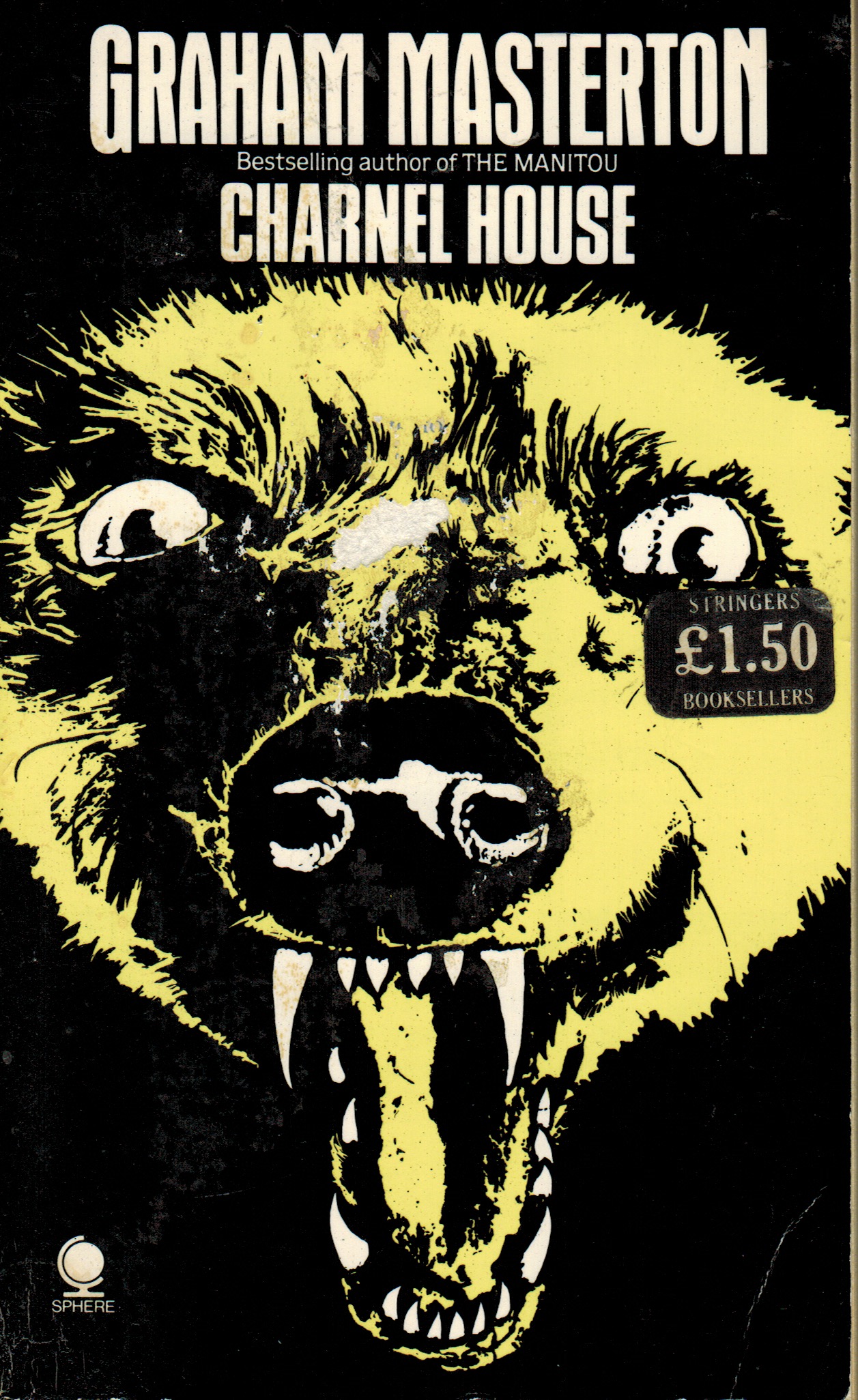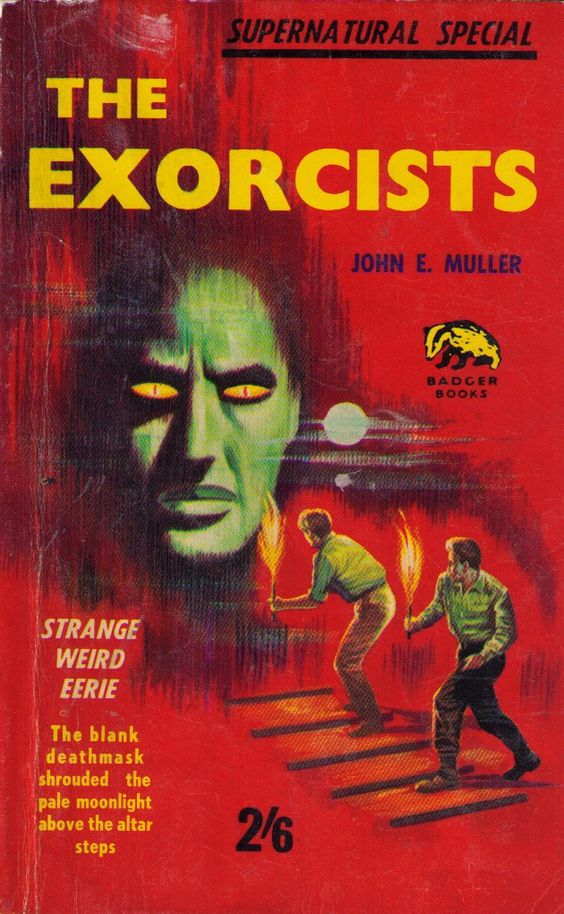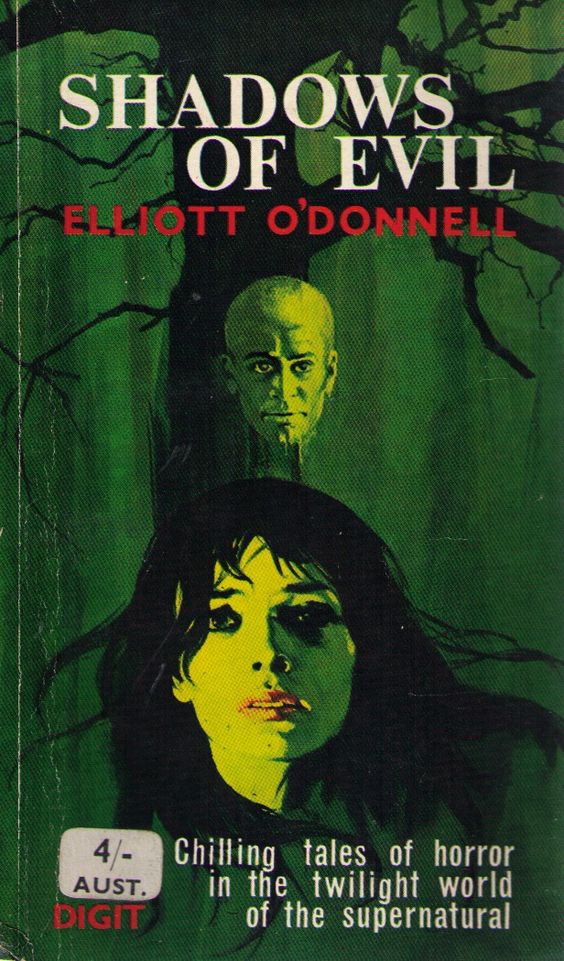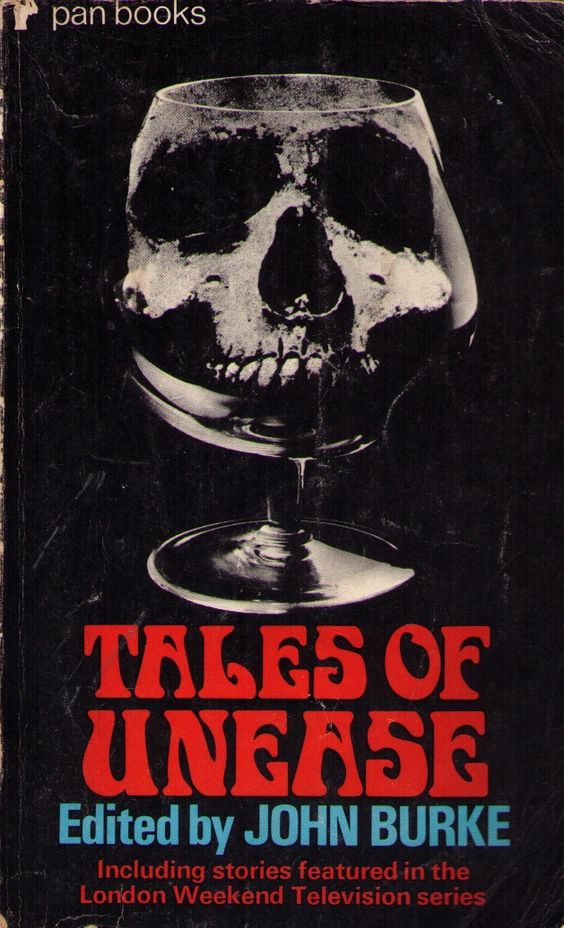Search
-
Recent Posts
- Dishing up Pulp Curry in a new way: why I am starting a Substack newsletter
- Book reviews: Deadly dames, midcentury Brit pulp and 1970s science fiction
- Mackenna’s Gold (1969): Gold, Ghosts and Frontier Violence
- Orphan Road book launch
- Orphan Road now available
- Pre-orders open for my new novel, Orphan Road
- Cover reveal: Orphan Road, my follow up to Gunshine State
- Breakfast in the Ruins podcast: New English Library Bikermania
- Why 1973 was the year Sidney Lumet took on police corruption
- Men’s Adventure Quarterly: Gang Girls issue
Categories
- 1960s American crime films
- 1970s American crime films
- 1980s American crime films
- 1990s American crime films
- Adrian McKinty
- Albert Dekker
- Andre De Toth
- Angela Savage
- Angie Dickinson
- Anthony Zerbe
- Asian noir
- Australian crime fiction
- Australian crime film
- Australian noir
- Australian popular culture
- Australian pulp fiction
- Australian television history
- Ava Gardner
- Beat culture
- Belmont Tower Books
- Ben Wheatley
- Billie Whitelaw
- Black pulp fiction
- Blaxsploitation
- Book cover design
- Book Reviews
- British crime cinema
- British pulp fiction
- Bryan Brown
- Burt Lancaster
- Carter Brown
- Charles Durning
- Charles Willeford
- Chester Himes
- Christopher G Moore
- Christopher Lee
- Cinema culture
- Claude Atkins
- Coronet Books
- Crawford Productions
- Crime Factory
- Crime Factory Publications
- Crime fiction
- Crime fiction and film from Africa
- Crime fiction and film from Cambodia
- Crime fiction and film from China
- Crime fiction and film from India
- Crime fiction and film from Indonesia
- Crime fiction and film from Japan
- Crime fiction and film from Laos
- Crime fiction and film from Latin and Central America
- Crime fiction and film from Malaysia
- Crime fiction and film from New Zealand
- Crime fiction and film from Scandinavia
- Crime fiction and film from Singapore
- Crime fiction and film from South Korea
- Crime fiction and film from Thailand
- Crime fiction and film from the Philippines
- Crime Fiction and film set in Vietnam
- Crime film
- Dangerous Visions and New Worlds Radical Science Fiction 1950 to 1985
- David Goodis
- David Peace
- David Whish-Wilson
- Derek Raymond
- Diana Dors
- Dirk Bogarde
- Don Siegel
- Don Winslow
- Donald Westlake aka Richard Stark
- Dystopian cinema
- Ernest Borgnine
- Eurocrime
- Fawcett Gold Medal Books
- Femme fatale
- Fernando Di Leo
- Filipino genre films
- Film Noir
- Forgotten Melbourne
- French cinema
- French crime fiction
- Garry Disher
- Gene Hackman
- George V Higgins
- Georges Simenon
- Ghost Money
- Giallo cinema
- Gil Brewer
- Girl Gangs, Biker Boys and Real Cool Cats: Pulp Fiction & Youth Culture, 1950-1980
- Gloria Grahame
- Gold Star Publications
- Gregory Peck
- Gunshine State
- Heist films
- Horror
- Horwitz Publications
- Humphrey Bogart
- Ian Fleming
- Interviews
- Ira Levin
- James Caan
- James Crumley
- James Ellroy
- James Hadley Chase
- James Woods
- Jim Brown
- Jim Thompson
- Joel Edgerton
- John Frankenheimer
- Joseph Losey
- Karen Black
- Kerry Greenwood
- Kinji Fukasaku
- Larry Kent
- Laura Elizabeth Woolett
- Lee Marvin
- Leigh Redhead
- Lindy Cameron
- M Emmet Walsh
- Mad Max
- Mafia
- Malla Nunn
- Martin Limon
- Megan Abbott
- Melbourne International Film Festival
- Melbourne Writers Festival
- Men's Adventure Magazines
- Michael Caine
- Michael Fassbender
- Mickey Spillane
- Monarch Books
- Ned Kelly Awards
- Neo Noir
- New English Library
- Newton Thornburg
- Noir Con
- Noir fiction
- Non-crime reviews
- Oren Moverman
- Orphan Road
- Ozsploitation
- Pan Books
- Parker
- Paul Newman
- Peter Boyle
- Peter Corris
- Peter Strickland
- Peter Yates
- Poliziotteschi
- Pulp fiction
- Pulp fiction in the 70s and 80s
- Pulp fiction set in Asia
- Pulp Friday
- Pulp paperback cover art
- Qui Xiaolong
- Raymond Chandler
- Richard Burton
- Richard Conte
- Robert Aldrich
- Robert Mitchum
- Robert Ryan
- Robert Stone
- Rock Hudson
- Roger Smith
- Rollerball
- Rosaleen Norton
- Roy Scheider
- Rural noir
- Sam Levene
- Sam Peckinpah
- Samuel Fuller
- Science fiction and fantasy
- Scripts Publications
- Sidney Lumet
- Sidney Poitier
- Simon Harvester
- Snowtown
- Snubnose Press
- Spies
- Stanley Baker
- Sterling Hayden
- Steve McQueen
- Sticking it the the Man Revolution and Counter Culture in Pulp and Popular Fiction 1950 1980
- Stuart Rosenberg
- Tandem Books
- Tart noir
- Tartan Noir
- Ted Lewis
- Toni Johnson Woods
- True crime
- Vicki Hendricks
- Victor Mature
- Vintage mug shots
- Vintage pulp paperback covers
- Wallace Stroby
- War film
- Westerns
- William Friedkin
- Woody Strode
- Yakuza films
- Yaphet Kotto
Nothing but noir
Recommended reading
The lurid world of pulp
- 20th century Danny Boy
- American Pulps
- Bear Alley
- Bloody, Spicy, Books
- Comics Down Under
- Everything second hand
- Existential Ennui
- Greenleaf Classic Books
- Irv O. Neil's Erotica is My Trade
- Killer Covers
- Lost Classics of Teen Lit 1939-1989
- Luminist Archives
- Men's Pulp Mags
- Mporcius Fiction Log
- Murder, Mayhem and Long Dogs
- Neglected Books
- Nocturnal Revelries
- Paperback Warrior
- Paperbacks of the Gods
- Pop Sensation
- Pulp artists
- Pulp Covers
- Pulp Crazy
- Pulp Flakes
- Pulp International
- Pulp Magazines Project
- Pulp Serenade
- Realms of the Night
- Romance Fiction Has a History
- Rough Edges
- Sin Street Sleaze
- Spy Guys and Gals
- The department of Afro American Research Arts & Culture
- The Dusty Bookcase
- The Haunted World of Richard Sala
- The Moon Lens
- The Nick Carter & Carter Brown Blog
- The Pulp & Paperback Fiction Reader
- Too Much Horror Fiction
- True Pulp Fiction
- Vault of Horror
- Vintage Nurse Romance Novels
- Vintage Romance Novels
- Welcome to the Pan Paperback
- Yellow and Creased
Support This Site
If you like what I do please support me on Ko-fi
Category Archives: New English Library
Pulp Friday: British horror pulp
 Halloween approaches and, as has been my habit over the last couple of years, I want to mark the occasion with a bit of pulp. Horror pulp, actually. British horror pulp, to be exact.
Halloween approaches and, as has been my habit over the last couple of years, I want to mark the occasion with a bit of pulp. Horror pulp, actually. British horror pulp, to be exact.
American horror pulp got a bit of love on this site a little while ago, when I reviewed Grady Hendrix’s Paperbacks From Hell: The Twisted History of ‘70s and ‘80s Horror Fiction, a history of American horror from the 1970 and 1980s.
But I reckon the Brits have always done horror pulp really well. And, if you want proof, feast your eyes on the wonderful selection of British horror pulp from the 1960s and 1970s, all sourced from my collection, including a couple of ultra rare Hammer paperback film tie-ins I own.
Enjoy Halloween.
Posted in Adrian McKinty, Albert Dekker, British pulp fiction, Horror, New English Library, Pulp fiction in the 70s and 80s, Pulp Friday, Pulp paperback cover art
Tagged British horror pulp, Dennis Wheatly, Four Square Books, Hammer Films paperback tie-ins, Michel Parry, New English Library, Pulp Friday
Book review: Paperbacks from Hell, the Twisted History of ’70s and ’80s Horror Fiction
 I loved Grady Hendrix’s soon to be released book, Paperbacks From Hell: The Twisted History of ‘70s and ‘80s Horror Fiction. From the opening, his discussion of John Christopher’s totally bizarre 1966 novel, The Little People, about an assortment of unsavoury individuals who spend a weekend in an Irish castle which is also inhabited by evil Nazi leprechauns (‘the Gestapochauns’) to the last few pages, the dying days of American mass market paperback horror, it is a wild, exhilarating ride.
I loved Grady Hendrix’s soon to be released book, Paperbacks From Hell: The Twisted History of ‘70s and ‘80s Horror Fiction. From the opening, his discussion of John Christopher’s totally bizarre 1966 novel, The Little People, about an assortment of unsavoury individuals who spend a weekend in an Irish castle which is also inhabited by evil Nazi leprechauns (‘the Gestapochauns’) to the last few pages, the dying days of American mass market paperback horror, it is a wild, exhilarating ride.
But as well as being a lot of fun, Paperbacks From Hell is also an important work of pulp fiction and pop culture history.
The book comprises a series of thematic chapters, grouped from the most part around one or two foundation texts. Thus the chapter on satanic pulp and mass market paperbacks opens with a look at the cultural importance of Ira Levin’s Rosemary’s Baby and Peter Blatty’s The Exorcist. The Omen (1976) is the starting point for a look at the large sub-genre of books about women being impregnated by all manner of hell spawn and murderous offspring. Peter Benchley’s paperback sensation, Jaws, is the precursor to a discussion about the wave of pulp and mass market paperback books featuring murderous creatures and animals turned homicidal: rats, dogs, cuts, pigs, insects, even rabbits.… Read more
Posted in Blaxsploitation, Book cover design, Book Reviews, Horror, New English Library, Pulp fiction in the 70s and 80s, Pulp paperback cover art
Tagged Cleo Virginia Andrews, Elizabeth Engstrom, Grady Hendrix, Herman Raucher, horror pulp, Joe Nazel, mass market horror novels of the 1970s & 1980s, Paperbacks From Hell: The Twisted History of ‘70s and ‘80s Horror Fiction, Peter Benchley, Peter Blatty, Robert Marasco, The Satan Sleuth
Pulp Friday: ‘The godfather of the airport novel’
 Have you ever noticed, whenever someone pens one of those articles listing the most influential books of the second half of the 20th century, how worthy the titles are? You’ll usually find books like Harper Lee’s To Kill A Mockingbird, Solzhenitsyn’s The Gulag Archipelago, Richard Bach’s Jonathan Livingston Seagull or E. M Forster’s Maurice, published in 1971, a year after the author’s death. But no one ever mentions influential books I suspect people were actually reading in large numbers, Peyton Place, Jacqueline Susan’s Valley of the Dolls, Mario Puzo’s The Godfather or the subject of today’s Pulp Friday offering, the novels of Harold Robbins.
Have you ever noticed, whenever someone pens one of those articles listing the most influential books of the second half of the 20th century, how worthy the titles are? You’ll usually find books like Harper Lee’s To Kill A Mockingbird, Solzhenitsyn’s The Gulag Archipelago, Richard Bach’s Jonathan Livingston Seagull or E. M Forster’s Maurice, published in 1971, a year after the author’s death. But no one ever mentions influential books I suspect people were actually reading in large numbers, Peyton Place, Jacqueline Susan’s Valley of the Dolls, Mario Puzo’s The Godfather or the subject of today’s Pulp Friday offering, the novels of Harold Robbins.
Growing up in the 1970s, when popular culture was still mass rather than the niche individual choice it is increasingly now, Robbins was still a big deal. I don’t know about your household, but prominently placed amongst the Alistair Maclean and Ian Fleming thrillers, Desmond Morris’s The Naked Ape and Erich von Daniken’s 1968 sensation, Chariot of the Gods, were a large number of paperback books by Robbins.
Robbins has been called ‘the godfather of the airport novel’ and the ‘Onassis of supermarket literature’. He wasn’t a good writer by any stretch of the imagination but starting with his debut novel, Never Love A Stranger, in 1948, he produced fast paced, meaty narratives with larger than life characters, corporate executives and adventurers, accompanied by lashings of drama and explicit sex.… Read more
Posted in New English Library, Pulp fiction, Pulp fiction in the 70s and 80s, Pulp Friday, Pulp paperback cover art
Tagged Airport novels, Alistair Maclean, Andrew Wilson, Chariot of the Gods, Desmond Morris, Erich von Daniken, Harold Robbins, Harold Robbins: The Man Who Invented Sex, Ian Fleming, Jacqueline Susan, Mario Puzo, Never Love A Stranger, Peyton Place, The Godfather, The Naked, Valley of the Dolls
Pulp Friday: witches, sorcerers & Satan’s disciples
Satan, witches, warlocks, demons, they were everywhere in the sixties and seventies and no more so than on pulp fiction covers. To mark Halloween, today’s Pulp Friday offering is a selection of covers featuring the lord of darkness and his various disciples.
It’s hardly surprising that Satanism and witchcraft featured so prominently in pulp. Not only did these books mirror then contemporary tabloid fascinations with black magic and witches, but the subject was an excuse for a bit of gratuitous sex and nudity. Especially sex. Devil worshippers, particularly Satan’s female disciples, were nothing if not sexually promiscuous, at least in the pages of pulp fiction.
The selection of covers below hail from the UK, US and Australia. They ran the gamut of key pulp fiction sub-genres: fiction (Dennis Wheatley’s To the Devil a Daughter, one of many occult themed books he wrote); history and so-called exposes (James Holledge’s Black Magic, ‘The world of uncanny occult rights, psychic phenomena, weird sex rities’); how to guides (How to Become a Sensuous Witch); television and movie ties ins (The Witchfinder General and The Grip of Evil, the latter part of a series of paperback spin offs based on the hugely popular early 1970s Australian television show, Number 96), and smut titles (Bride of Satan and The Cult of Flesh – ‘Violent debauchery in a Satanic Cult of Flesh Worshipers’),
Even Carter Brown, hardly the most salacious of pulp writers in the sixties, touched on occult themes in books like Blonde on a Broomstick.… Read more
Posted in Australian popular culture, Ben Wheatley, Horror, Horwitz Publications, New English Library, Pan Books, Pulp fiction, Pulp fiction in the 70s and 80s, Pulp Friday, Pulp paperback cover art, Scripts Publications, Tandem Books, Vintage pulp paperback covers
Tagged Calvert Publications, Carter Brown, Dennis Wheatley, James Blish, James Holledge, New English Library, Number 96, Pan Books, Peter Haining, Ronald Bassett, Satanic pulp fiction, Scripts Publications
Announcing Beat Girls, Love Tribes and Real Cool Cats: Pulp Fiction and Youth Culture, 1950 – 1980
 Regular Pulp Curry readers will be aware of my deep interest in pulp fiction. What you won’t know, is I’ve been working for a while now on a pulp fiction related book with another Melbourne writer called Iain McIntyre.
Regular Pulp Curry readers will be aware of my deep interest in pulp fiction. What you won’t know, is I’ve been working for a while now on a pulp fiction related book with another Melbourne writer called Iain McIntyre.
I’m thrilled to announce this book, currently titled Beat Girls, Love Tribes and Real Cool Cats: Pulp Fiction and Youth Culture, 1950 – 1980, will be published by Verse Chorus Press in October 2015.
The book will be the definitive look at youth and counter cultural pulp fiction from Australia, the United States and the UK. It will feature contributions from over twenty writers and includes reviews, feature articles and author interviews. These will cover all aspects of youth and counter cultural related pulp fiction, starting with juvenile delinquency and gang pulp in the fifties, Beats and bohemians in the early sixties, to hippies, bikers, musicians, Mods, punks, and everything in between.
The book will also feature a large selection of covers from the books concerned.
Some of the pulp writers we cover you might know. But there’ll be a lot more you probably haven’t heard of. One thing we can guarantee is that the words “guilty pleasure” will not be mentioned once to describe their work.
This is a book about mainstream society’s obsession with the notion of out of control youth, and the pulp fiction that capitalised on the fascination, fears and desires associated with it.… Read more
Posted in Australian popular culture, Australian pulp fiction, Beat culture, Horwitz Publications, Monarch Books, New English Library, Pan Books, Pulp fiction in the 70s and 80s, Pulp paperback cover art, Scripts Publications, Vintage pulp paperback covers
Tagged Iain McIntyre, Verse Chorus Press, Youth and counter cultural pulp fiction

